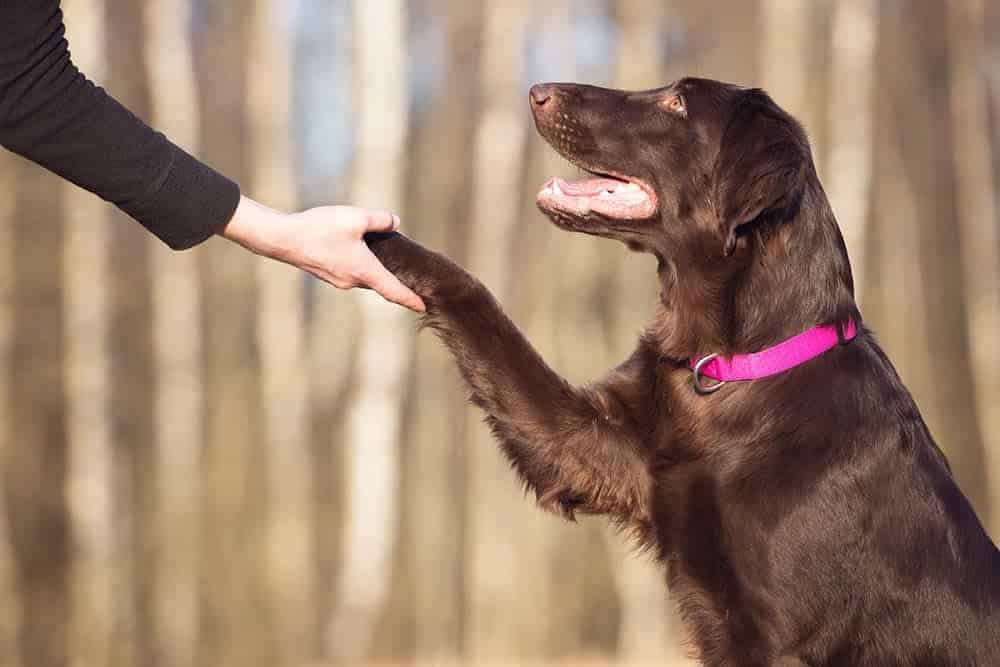Dogs have a unique way of finding their way into our hearts and becoming cherished members of the family. To help them become our well-behaved buddies, dog owners need to strive to provide them with love, care, and proper training. Dog training will help your furry companions become great versions of themselves as well as strengthens the bond between you and your canine. From teaching basic commands like sit, stay, and come to more advanced skills such as walking politely on a leash or learning tricks, the world of dog training offers endless possibilities. It offers an opportunity for growth, both for the canine and their human companion.
Read on as we delve into the fundamentals of dog training. We’ll share valuable insights and practical tips to help you embark on a successful basic training journey with your canine friend.
What Are the Basics of Dog Training?
Timing
Timing is a critical aspect of dog training that involves providing feedback and rewards at the precise moment your dog exhibits the desired behavior. Dogs have a short attention span, so immediate reinforcement helps them make a clear connection between their actions and the positive outcomes. A general rule of thumb says a dog’s behavior should be rewarded within 1.3 seconds of action. For example, if you’re teaching your dog to sit, rewarding them with a treat or praise within 1.3 seconds, they sit reinforces the association between the action and the reward. This reinforcement increases your dog’s understanding of what behaviors are desirable and motivates them to repeat those behaviors in the future.
Consistency
Effective dog training revolves around maintaining a consistent training environment by using the same commands, cues, and rewards throughout the training process. Dogs thrive on routine and repetition, so consistent communication and training help them understand what is expected of them. If you use different commands for the same behavior or provide inconsistent rewards and inconsistent training, it can lead to confusion and hinder the learning process. By being consistent, you provide a clear framework for your dog to follow, which helps them build reliable associations between specific behaviors and their consequences. This promotes faster learning and establishes a strong foundation for your dog’s training journey.
Positive Reinforcement (Motivation)
Positive reinforcement is a powerful training technique that focuses on rewarding your dog for exhibiting desired behaviors. This method involves using rewards such as treats, praise, playtime, or any other positive stimuli that motivate your dog. When your dog associates performing a certain behavior with receiving something pleasant, they are more likely to repeat that behavior in the future. Positive reinforcement creates a positive and enjoyable training experience, making your dog eager to engage in desired behaviors willingly. It strengthens the bond between you and your dog, fosters trust, and encourages a cooperative attitude throughout the training process.
Direction
The direction in dog training refers to providing clear and concise commands and cues to guide your dog’s actions. Effective direction encompasses consistent body language, vocal cues, and hand signals to communicate your expectations to your dog. Dogs are highly perceptive to non-verbal cues, so pairing consistent visual and verbal cues helps them understand what you want them to do. Clear direction enhances your dog’s responsiveness during training sessions, as they can quickly interpret and follow your instructions. When you provide precise direction, your dog feels confident in their actions and gains a better understanding of the desired behaviors.
Triggers Training
Triggers training focuses on recognizing and addressing specific triggers that elicit certain behaviors in your dog. Triggers can be anything that causes your dog to react, such as loud noises, other dogs, or unfamiliar environments. This principle emphasizes desensitization and counterconditioning techniques to help your dog overcome fear, anxiety, or reactive responses associated with triggers. The process involves gradually exposing your dog to the trigger in a controlled and positive manner while simultaneously providing rewards and creating positive associations. Over time, your dog’s emotional response changes, and they become more comfortable and confident in the presence of previously triggering stimuli. By addressing triggers, you can modify your dog’s behavior and help them navigate the world with greater ease and calmness.
Basic Dog Commands To Teach Your Dog
In addition to understanding the fundamental principles of dog training, it’s essential to introduce your dog to basic commands that form the building blocks of obedience and communication. These commands lay the foundation for a well-behaved and responsive canine companion. Below are a couple of essential basic commands to teach your dog:
- Sit
Teaching your dog to sit helps in various situations, such as during greetings, mealtime, or when crossing the road.
- Stay
The “stay” command teaches your dog to remain in one place until given a release cue. This command is particularly useful when you want your dog to stay put in a specific area or when there’s potential danger around.
- Come
The recall command, “come,” is crucial for your dog’s safety and allows you to call them back to you. It comes in handy during off-leash activities as it helps prevent your dog from running away or getting into hazardous situations.
Other commands like “Leave it” and “down” also help you establish clear communication and a sense of structure in your canine’s daily routine. Keep in mind that training your dog is not only about teaching them commands and tricks; it’s about building a strong bond based on trust, respect, and clear communication. Hence, make sure to abide by the training principles during training or better still, enroll your canine in a dog training program.
Do check out: The Northern Lights: When can you see it?


